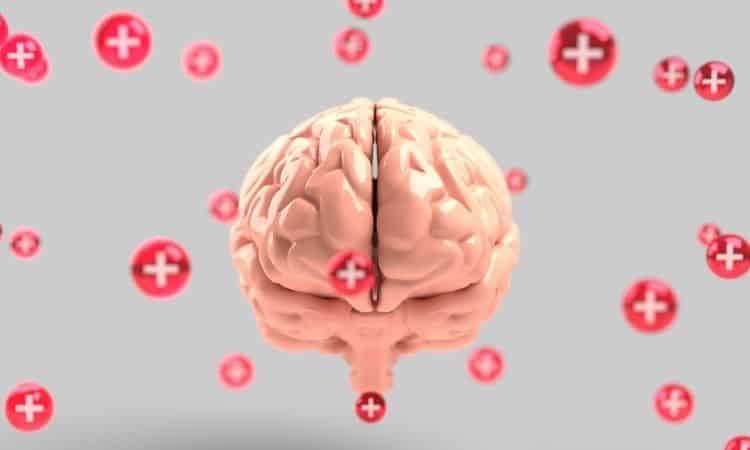
What Does Neuroplasticity Mean and Why Does it Matter?
What is Neuroplasticity?
Everyone understands that we learn through education and experience. But what does neuroplasticity mean? Perhaps you’ve never heard the term before, but the plasticity part may sound a little familiar to you. It reminds you of plastic, no doubt. Well, hold that thought because it is relevant. Most of us understand that we can learn by retaining information, thinking and reasoning. We also know that experiences and feelings affect the way our brain records and interprets information.
How Does Plasticity Work?
Think of the proverbial “hot stove” analogy. The child touches the hot stove. But only once, right? Learning and adaptation have occurred here. The brain received information in the form of an experience. All the sensory inputs the child experiences. The sight of the stove. The feel of the heat and certain the painful burn they received when they went against mom’s instructions and touched the stove. So, what does neuroplasticity mean and how does it apply to the brain, our experience and behavior? Remember we mentioned the word plastic? When you think about plastic, what qualities come to mind? Plastic is moldable and bendable. It bends and conforms to just about any shape, right? As long as you apply heat and pressure and shape it the way you want it to go. What does brain plasticity mean then? Obviously, the brain is organic, not made of plastic. The plasticity of the brain here isn’t literal, in terms of physical qualities. What neuroplasticity means is that the brain itself is moldable and adaptable. We aren’t stuck with the brain structure and function we have after we have finished maturing and become an adult. Research has shown that the brain responds and adapts to experiences and not just in the form of memories and knowledge. We know now that the physical structure and function of the brain itself actually changes. The first thing to know is that there are two main categories of brain plasticity:
- Structural: When we learn and experience our brain changes its physical structure.
- Functional: The damaged brain moves functions to undamaged sections to compensate.
What Does Neuroplasticity Mean to Me?
Sure, this is all interesting from a scientific trivia standpoint, but what does it really mean to us in our everyday lives? Why should you care about this, aside from being able to sound smart when you bring it up at your uncle’s barbeque next month? The reason you want to know “what does neuroplasticity mean” is that it has an impact on all of us. We all experience the world through our brains after all. It is the organ of understanding and experience. So the way your brain adapts to learning or injury has an effect on your life experience and quality of life. It’s relevant to all of us. Let’s take a look at some of the benefits of neuroplasticity:
- Recovery from TBI (traumatic brain injuries) or stroke.
- The ability to learn new skills and practices.
- Gives us a way to change behaviors or bad habits.
- An ability to sharpen or enhance your existing cognitive abilities.
- Understanding neuroplasticity can help you take advantage of it.
What Else Should I Know About Neuroplasticity?
When we ask what does neuroplasticity means, there is a simple one-sentence answer. Neuroplasticity is the brain’s ability to physically change the way it functions to adapt to new information or injury. But there is more to know about it than just this. In the list above we listed some of the benefits of the brain’s remarkable adaptive capability. But how does the brain do all of this and how can I take advantage of it? The first thing to do is remember that neuroplasticity means you aren’t “stuck in your old ways”. It means the old adage “you can’t teach an old dog new tricks” is dead wrong. So stop saying it. Stop thinking that way. Believe in your ability to change and evolve. After all, you ARE your brain. It is the place where your consciousness resides. If your brain can adapt and evolve to conditions, that means YOU can adapt and evolve.
How Do I Use This Information to Help Myself?
The best way to take advantage of this knowledge is to first, protect your brain health. That means avoiding drugs and alcohol and other toxins. Eat a healthy, balanced diet with plenty of plant-based foods and whole grains. Make sure you get enough of the macronutrients needed for brain health. Essential Fatty Acids (EFA), like Omega-3, are very important to brain health. Exercise is just as important to brain health and well-being and is proper sleep and rest. The other thing you can do is to use your brain. Put that brain plasticity to use by challenging yourself to learn new things. This will enhance your neuroplasticity. You are never too old or “too anything” to learn something new or challenge yourself. The key to triggering this adaptation is new experiences. Look for healthy new experiences that take you outside of your usual routine or comfort zone. This can be anything from learning to play guitar to taking up rock climbing or even learning to play video games (if you don’t play them now). New experiences challenge the brain to adapt and that’s what neuroplasticity is all about. If you or a loved one is living with mental illnesses or a substance use disorder, Harmony Oaks Recovery Center can help. Call us at (423) 708-4961 or reach out to us via our contact page here.